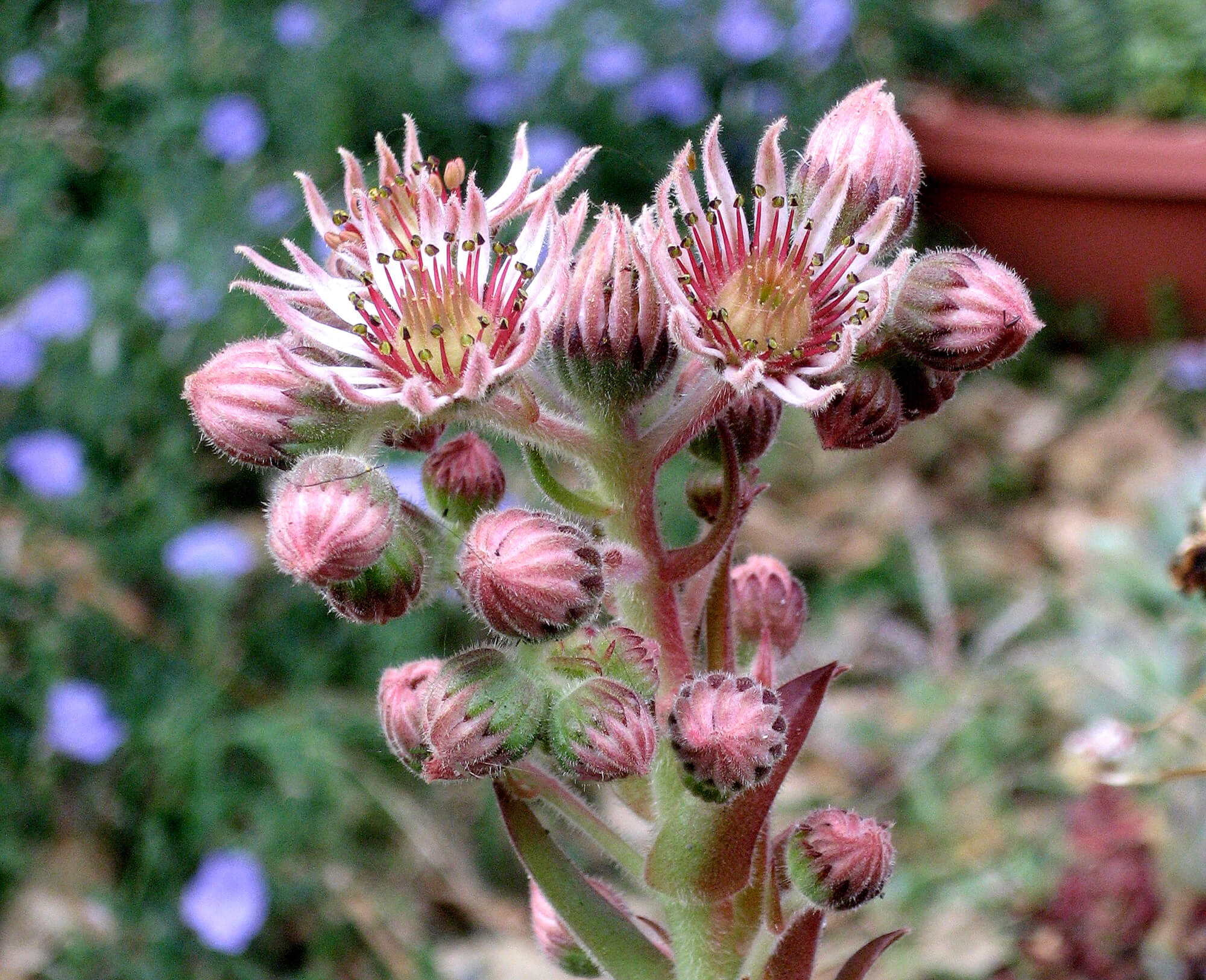Common names for plants can vary from one region to another, or from one culture to another. In school we learn to use scientific names in order to reduce confusion, and to align our research to a system understood by scientists around the world. But these may have limited value in everyday conversation. Why, for instance at a family gathering, why would I tell my bird-loving cousin I had seen a Turdus migratorius in her garden when I could simply say I saw a ‘Robin’? And, just as birds are categorized for convenient discussion, so are plants.
18th century Swedish botanist Carolus Linnaeus set forth the rules for botanical nomenclature, which are still used for plant ID in this nursery. It involves a binomial system, Genus + species, for categorizing plants based on the structure of their flower parts. What makes this system so important to us at Berkeley Hort is that we can immediately narrow the field of possibilities to a single species or variety. I recall often being approached by nursery shoppers asking for ‘Mock Orange’, only to wonder whether they meant Philadelphus, Choisya, or Pittosporum.
Since botanical names can be formidable we might be reluctant to attempt their pronunciation, relying instead on the more familiar vernacular names. Many cultures have no need for taxonomic dogma, depending entirely on local names passed down from one generation to the next. On a global scale, it would seem that the British have had the most influence on common plant-name usage, undoubtedly due to that country’s deep history in, and enthusiasm for gardening, coupled with prolific writers in the genre.
What one calls a plant can be a matter of controversy. Some names are cute (‘Biddy-Biddy’), some descriptive (‘Snow-in-Summer’) and some use derogatory terms for people (not here). Often-used suffixes include -bane, -berry, and a multitude of -worts. My wife found that the European succulent, Sempervivum tectorum is relatively easy to grow, and with its myriad variations and color forms, was worthy of collecting. Long ago these were planted on rooftops to reduce risk of house fires caused by lightning strikes. ‘Houseleeks’, ‘Hens & Chicks’, and ‘Live Forever’ are common names I had heard for these plants. Imagine my surprise when, thumbing through an English gardening journal I came across a reference to it as ‘Welcome-Home-Husband-Though-Never-so-Drunk’. Look further in this newsletter for some of my favorite common names.

Common to whom?
Lesser-known common names — amuse your friends, frustrate our staff.
| Common name | Botanical name |
| Hurt Sickle | Centaurea cyanus |
| Wonga-Wonga | Pandorea pandorana |
| Bunya-Bunya | Araucaria bidwillii |
| Chupachupa | Eccremocarpus scaber |
| Cow-Itch | Lagunaria patersonii |
| Busy Lizzie | Impatiens wallerana |
| Stinking Benjamin | Trillium grandiflorum |
| Obedient Plant | Physostegia virginiana |
| May-Blob | Caltha palustris |
| Unkempt Boy | Neoporteria heterophylla |
| Mind-your-own-Business | Soleirolia soleirolii |
| Squirting Cucumber | Ecballium elaterium |
| Gingham Golf-Ball | Euphorbia obesa |
| Dents de Lion (dandelion) | Taraxacum officinale |
| Drunkard’s Dream | Hatiora salicornioides |
| Nap-at-Noon | Ornithogalum umbellatum |
| Hug-me-Tight | Ficus pumila |
| Mother-in-law’s Tongue | Sansevieria trifasciata |
| Lurk-in-the-Ditch | Mentha pulegium |
| Flower-of-an-Hour | Hibiscus trionum |
| Peace-in-the-Home | Soleirolia soleirolii |
| Kiss-me-over-the-Garden-Gate | Polygonum orientale |
| Never-Never Plant | Ctenanthe oppenheimiana |
| Snottygobble | Persoonia longifolia |
| Dead-rat Tree | Adamsonia digitata |
| Corpse Plant | Monotropa uniflora |
| Bloody-Butcher | Trillium recurvatum |
| Match-me-if-you-can | Acalypha wilkesiana |
| Vegetable Hummingbird | Sesbania tripetii |
| Dog Hobble | Leucothoe fontanesiana |



